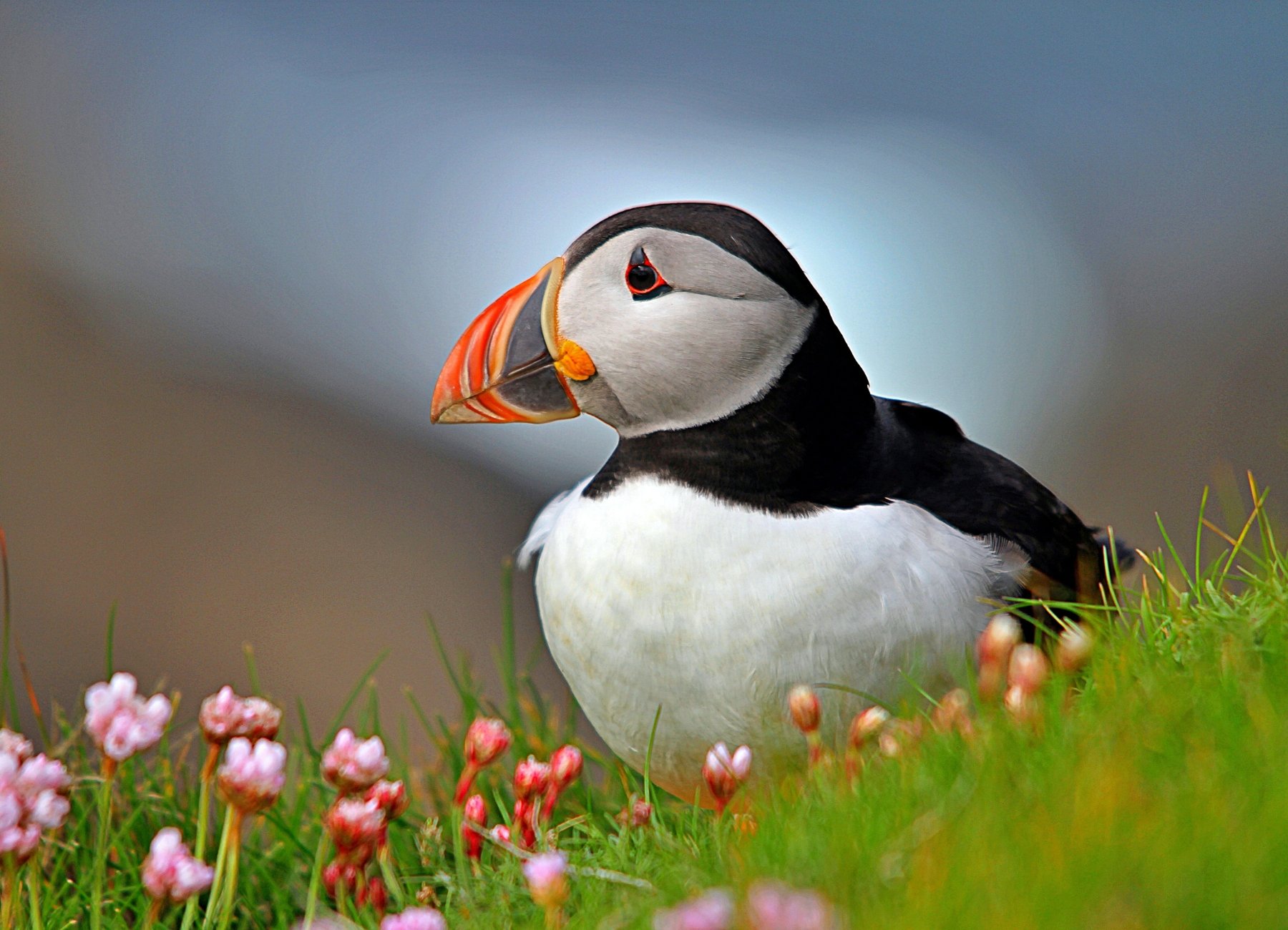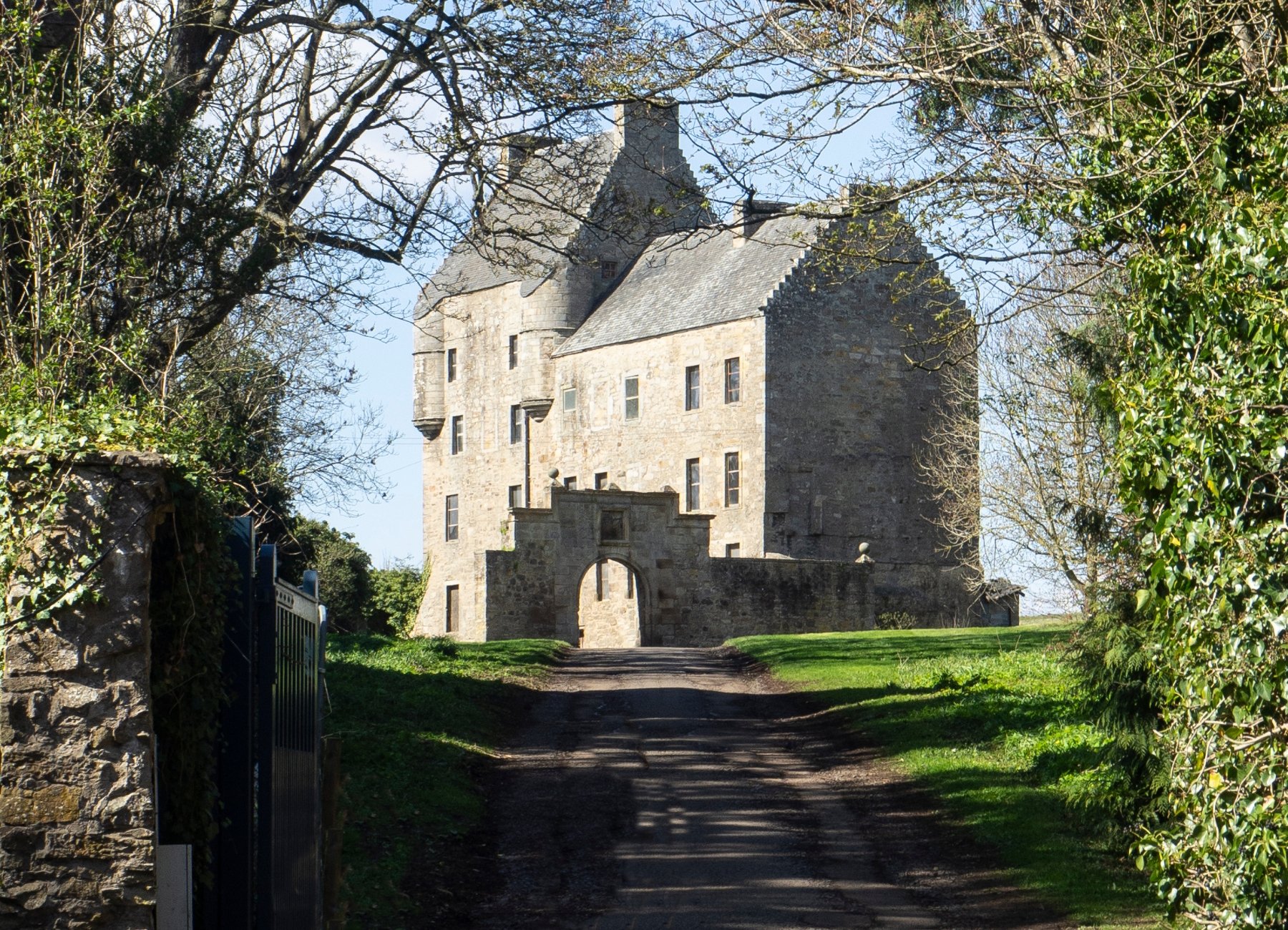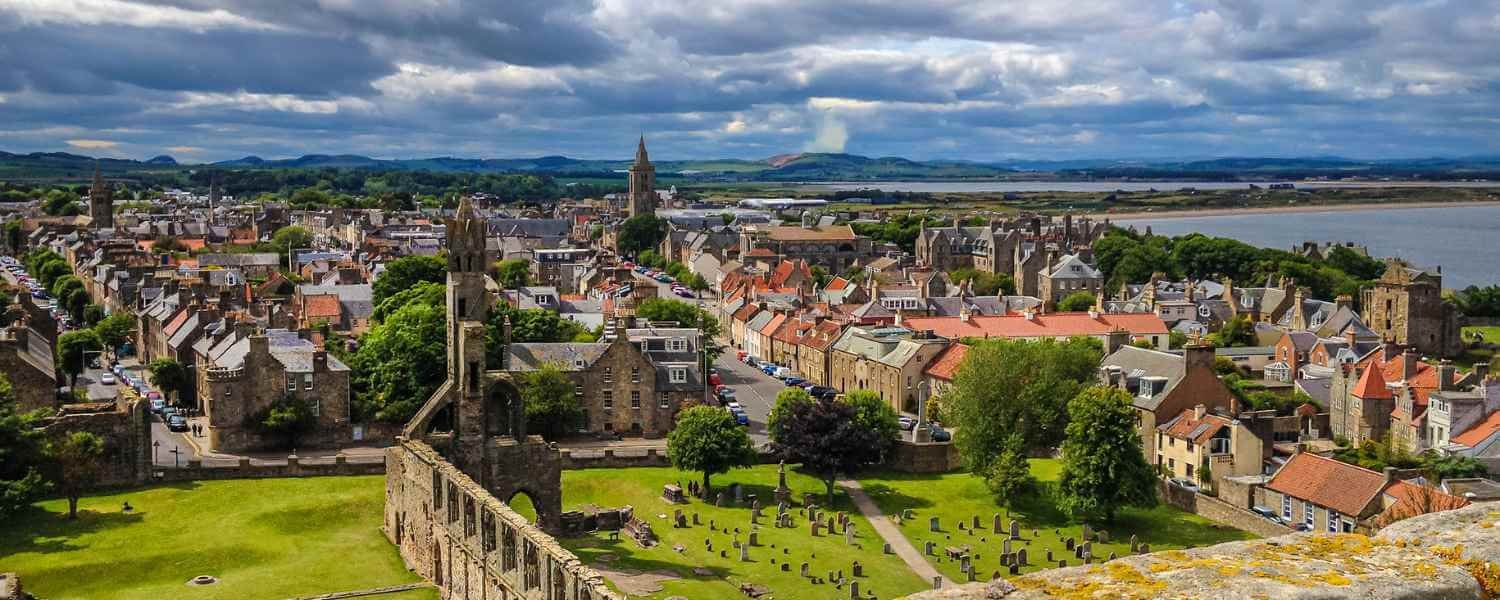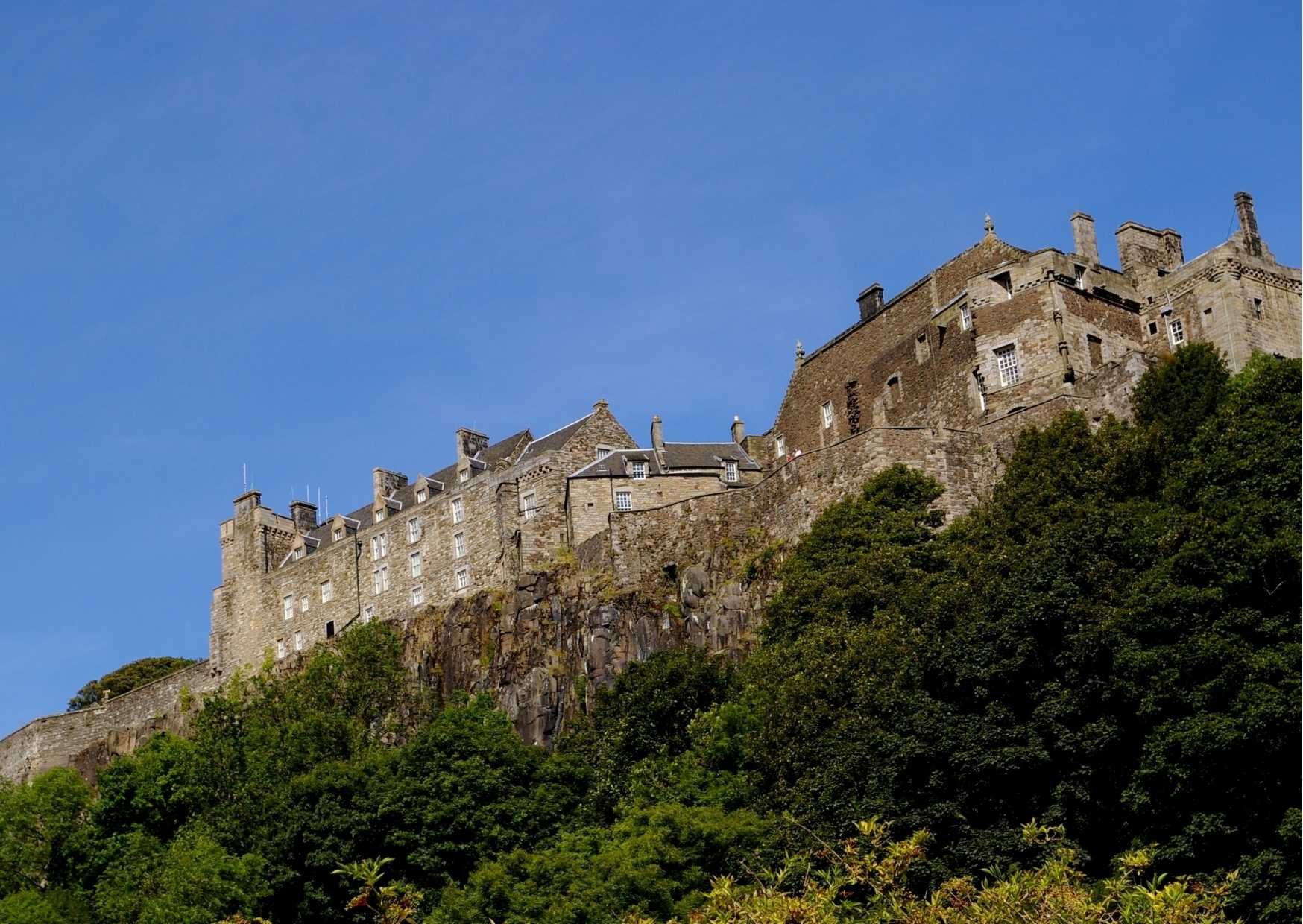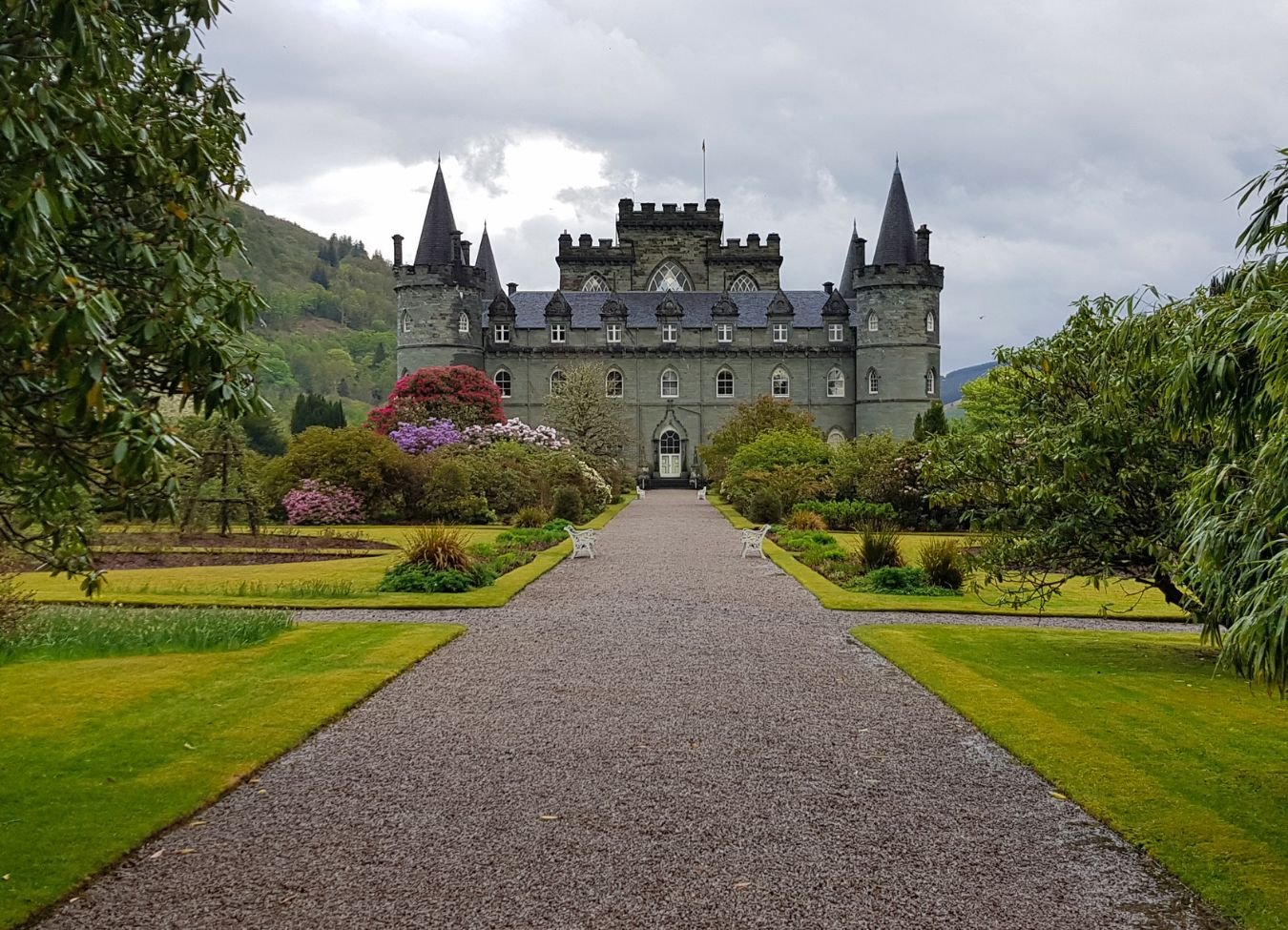5 Must-see Robert the Bruce sites in Scotland
One of Scotland's most renowned Kings, Robert the Bruce, was a key figure in the fight for Scottish Independence. Throughout his lifetime and reign, various locations throughout Scotland have become a hugely integrated part of understanding his history.
In this blog I will share with you the top 5 ‘Robert the Bruce’ places to visit which will help you explore his eminent past and experience first-hand his time as a Scottish King.
At Scotland’s Wild, we’ve led thousands of trips through Scotland & share stories to bring people to this incredible country!
If you’d like to check-out our selection of tours, from day trips to island hopping multi-day adventures - click here.
1. Melrose Abbey
Down in the Scottish Borders you will find Melrose Abbey, one of many medieval Abbeys. This one however is home to the heart of Robert the Bruce. After his death, Bruce had requested his heart to be removed and placed in a casket for his Follower Sir James Douglas to take on a cascade. This plan did not work out as Douglas ended up fighting in Spain.
The heart was returned to Scotland, but no one was certain on its whereabouts. During excavations in 1996 at Melrose Abbey, a lead container was found with a note saying it held a heart. Upon investigation, it was Named Bruce’s, and reburied at the Abbey in 1998.
2. Dunfermline Abbey
After his death in 1309, Robert the Bruce was buried in the Choir Dunfermline Abbey. By request of the King himself, the original tomb was decorated with an elaborate structure from Paris, but it is said that this tomb was completely destroyed during the reformation era.
However, just before the building of the current Abbey Church, fragments of marble were uncovered during the site clearance, and they are thought to be from the original tomb. It is unclear what the original design looked like, but through digital reconstructions by heritage professionals, the ‘Lost Tomb of Robert the Bruce’ is now displayed in the Abbey Church.
Visit this Abbey on a St Andrew’s day tour from Edinburgh! Check-it out here.
3. King’s Cave
Situated on the west coast of Isle of Arran, an impressive cave named ‘King’s Cave’ is believed to be the hiding spot of Robert the Bruce after he was defeated during the Battle of Methven in 1306, just shortly after he was crowned king.
Bruce went on the run and although nobody is certain where exactly he went, legend believes this cave was where he chose to lay low from the Scottish mainland. While in hiding, as his castles were being destroyed and followers scattered across the county, Bruce’s power as King was hanging by a thread.
It is believed that while he was sitting in the cold cave, contemplating disappearing completely, he watched a spider trying to build a web. Struggling to jump the cave walls, the spider failed many times, but it persevered, climbing back up each time to try again until it was successful. It is thought this inspired Bruce to return from his hiding and ultimately go on to lead Scotland to victory in many famous battles such as Bannockburn and beyond.
4. Arbroath Abbey
Founded in 1178 by King William the Lion, Arbroath Abbey is also a key place in the history of Robert the Bruce and the fight for Scottish Independence. It was here that the signing of the Declaration of Arbroath took place, a very famous letter to the Pope asking for Scottish independence to be acknowledged, and for Robert the Bruce to be known as its rightful king.
This document is extremely well known in Scottish history, visitors of the Abbey can experience and wander around the physical location of such important political events, and really feel the impact Robert the Bruce had on Scottish independence.
5. The Battle of Bannockburn Visitor Centre and Stirling Castle
In 1314, Robert the Bruce led Scotland to Victory against England and King Edward II, achieving independence for Scotland during the famous Battle of Bannockburn.
Situated in Stirling, and just by the famous battleground, the Battle of Bannockburn Visitor centre is now home to the iconic Robert the Bruce Statue, which is situated in the place where he killed the English knight Sir Henry de Bohun.
Here you can also experience 3D recreations, and fully immerse yourself in one of the most famous battles in Scottish history.
The history of Robert the Bruce is extensive and vast, and there is also a lot of room for speculation. Although many more, these 5 key places all play a pivotal role in remembering Robert the Bruce, and let his legacy to live on today.












